How to Easily Install a Fence Post Without Cement Using Wood Post Anchors, Gravel, or a Hydraulic Driver
Last week I met up with a nice couple who were looking to have a fence installed. Their home was part of a new subdivision just outside of town that boasted beautiful houses with immaculate yards. Their main request was that I didn’t use cement plugs for the posts because they wanted to be able to easily remove the fence if they decided to go with a different style in the future. Thankfully, there are a lot of ways to install a fence post without cement.
I often get requests to forgo using cement to install fence posts; it’s messy, there’s a lot of labor involved with the removal of cement plugs, and some people believe that it accelerates post rot. Whatever the reason you want to avoid it, it’s always good to know what the alternatives are when cement is not an option. Your method of choice for installing fence posts will depend on the terrain and the type of soil in your yard, but there are a variety of ways to go about it. We’re going to take a look at some of the methods I’ve had the best success with.
Wooden Post Anchors Are Easy to Install and Remove
Wood post anchors are designed to make it easy to install a post in the ground—and to remove the post again if necessary. They also protect your wooden post from moisture, extending its lifespan, and they can be installed without creating a mess in the form of a pile of dirt to clean up. The post anchor’s spiked end is driven into the ground while a sleeve remains above ground. The post is then dropped in and secured with screws. This device is commonly made out of galvanized steel to allow it to be used with ACQ-treated lumber, and it sometimes comes with a powder coating as well. Some companies also offer a decorative option with a scalloped sleeve.
You can drive the anchor into the ground using any of these tools:
- Sledgehammer: You can manually drive the anchor into the ground using a piece of scrap wood about the size of your post. Insert the scrap wood into the anchor and use the sledgehammer to drive it down.
- Slide-hammer: A specially-designed slide-hammer kit is quicker and easier than using a sledgehammer, but it is still a lot of work and can be tiring if you’re installing more than a few posts.
- Electric Jackhammer: Using a special bit inserted into an electric jackhammer is the easiest and quickest method of driving a post anchor into the ground. You should be able to buy the bit from your post anchor manufacturer, and an electric jackhammer can be rented at many hardware and equipment rental stores.
When installing a post anchor, make sure to use a post level to check every few inches that the anchor remains plumb. One of the greatest benefits of using post anchors is the ease of removal. If you drive the anchor crooked, or it needs to be removed for any reason, it can be pulled out with a six-foot pry bar and a block for leverage. Keep in mind that while this method is suitable for most residential fencing projects, it won’t work with high tensile fences.
Installing a Fence Post Using Gravel
Backfilling the fence post hole with gravel is another common alternative to using cement. Start with a hole about the size of the one you’d dig if you were using cement, insert a third of the post’s length into the hole, and then fill with crushed gravel, tamping every five inches until flush. It’s also common to use a copper naphthenate solution on the wood to further protect the lumber from the moisture in the ground and delay decay.
Some people prefer this method over cement as it allows water to irrigate away from the post, preventing the extended contact with moisture which causes rotting. While gravel is not my method of choice, any technique that keeps your fence posts from prolonged exposure to water is definitely one to consider. Another plus is that since gravel is not as rigid as cement, it will allow some slight movement of the post and fence, which may prevent the posts from snapping under high winds.
One drawback to consider is that due to the lower rigidity of the gravel compared to other methods of anchoring, it is also harder to plumb posts during installation and it is much more likely that you will need to replumb your posts in the future.
Installing a Fence Post with a Hydraulic Driver
Using a tractor-mounted hydraulic post driver is a strong and reliable method of installing posts, though it may be more complicated than most homeowners are willing to deal with. A hydraulic driver hammers the post directly into the ground using a specially-designed piece of equipment mounted to a tractor. Depending on the application, it may require two people—one to operate the driver, the other to make sure it is plumb or to auger a pilot hole.
This method is ideal for installing a high number of posts in quick succession in a wide open area, as each post could take as little as 20 seconds to drive. This process is best for very heavy applications like wide diameter posts or high tensile fencing, but it is suitable for installing smaller posts as well. Tractor-mounted hydraulic drivers can be rented from a specialized equipment store or bought, though they are expensive. There are also post driver services that will drive the posts for you.
While it’s true that this method is reliable, it does have the following drawbacks:
- The size of the tractor is unsuitable for tight city and suburban settings
- A certain level of skill is required when using these tools or you may wind up with crooked posts
- Serious injury can occur because of the sheer magnitude of the machine
- Removing a driven post can be extremely arduous, requiring a lot of digging or even the use of a hydraulic lift and special post pullers
Considering that my clients’ yard wasn’t all that big and they didn’t want their immaculate lawn messed up from the installation, I obviously didn’t choose to use hydraulic drivers. Instead, I opted to install OZ-post wooden post anchors—my preferred method of installation. It was an easy job, really. I just hooked up my jackhammer and it was done without even breaking a sweat.
I’m a stickler for quality, so I always purchase OZCO brand post anchors. Their post anchors are hot-dipped galvanized, so the corrosion-resistant finish is thicker than it is on other companies’ products and they’re quality tested. That’s the kind of product that I’m happy to suggest to customers, because I know it will keep them happy for years to come.

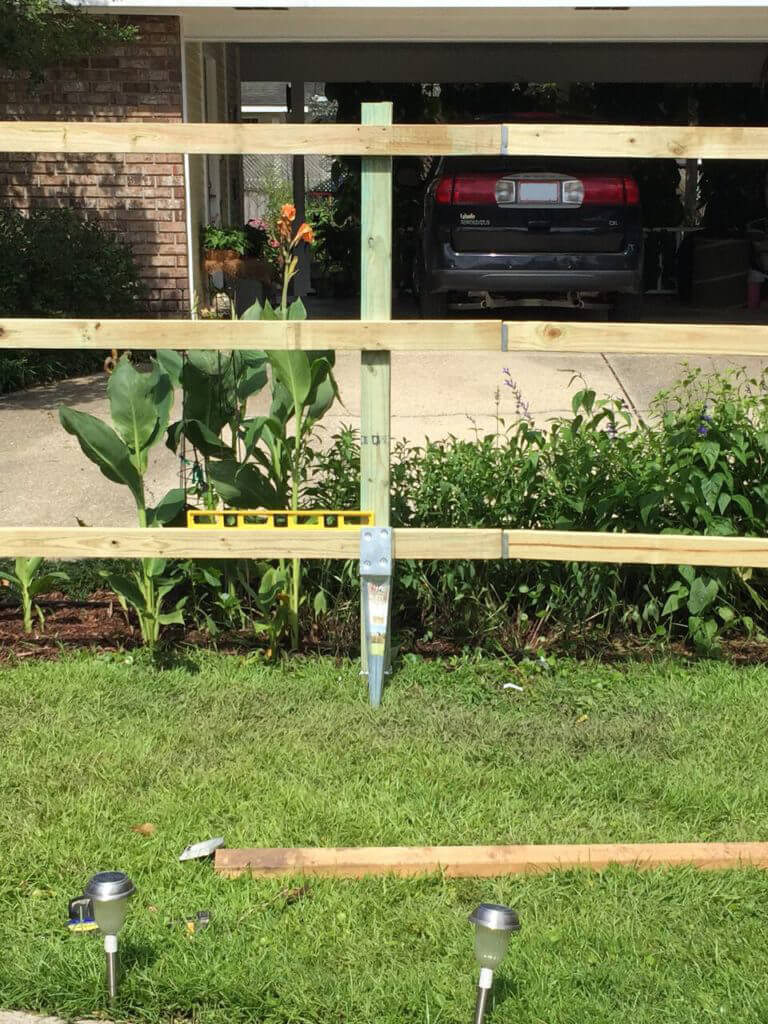
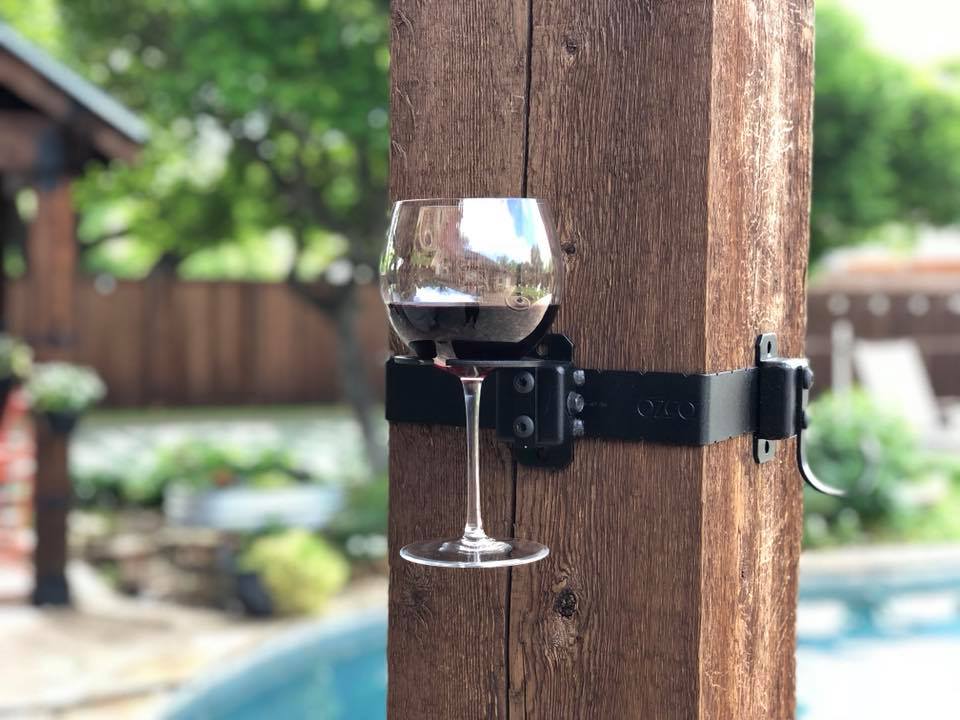
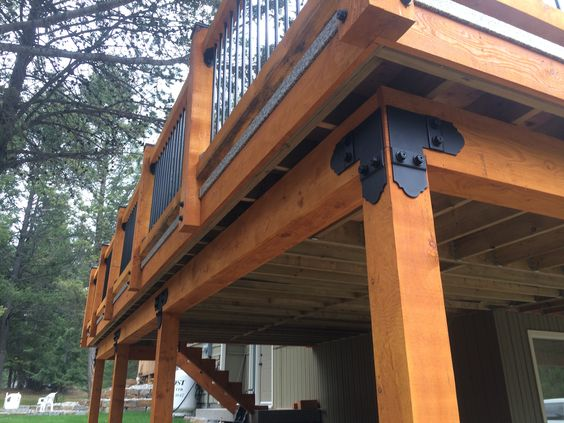
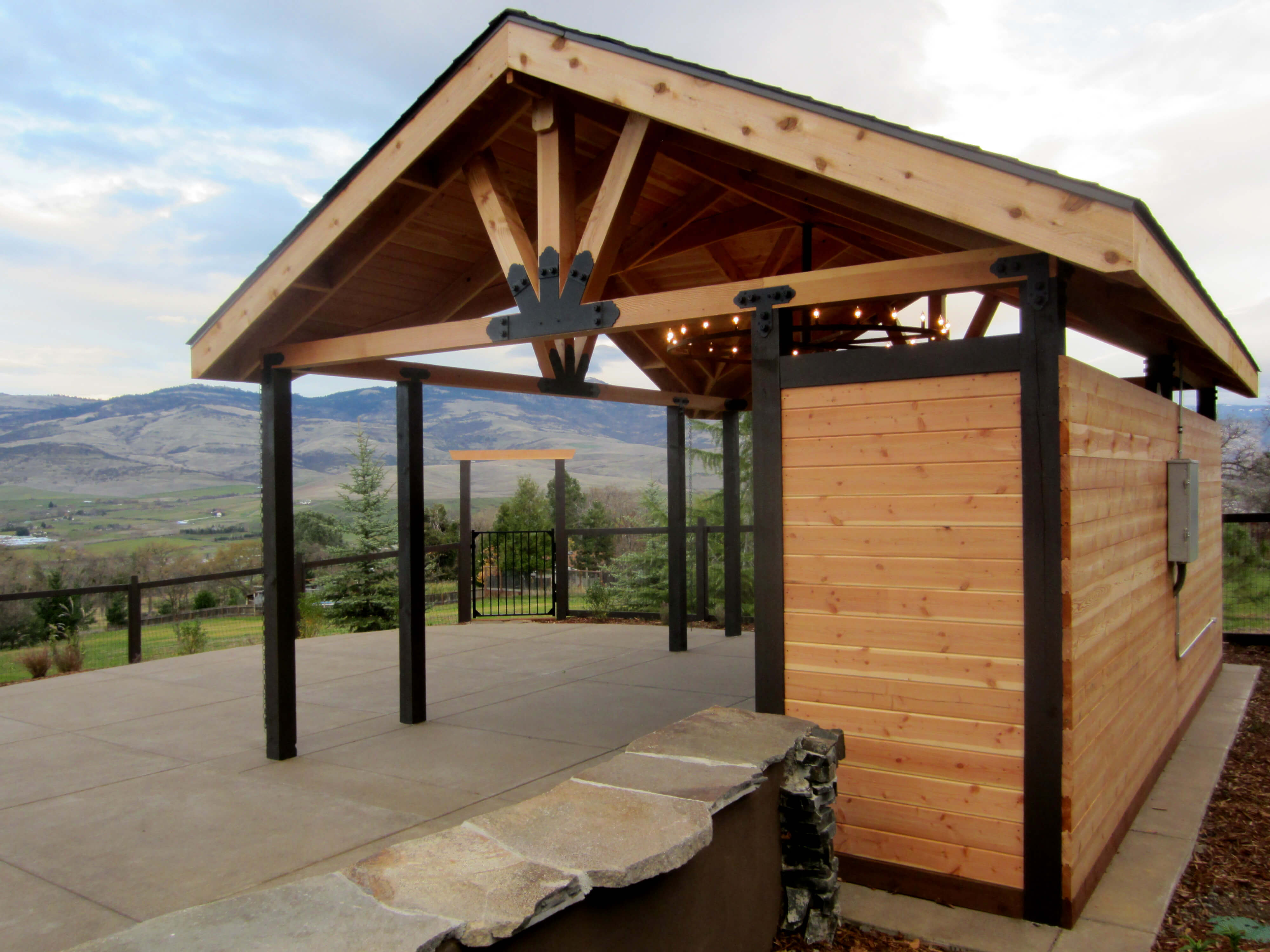


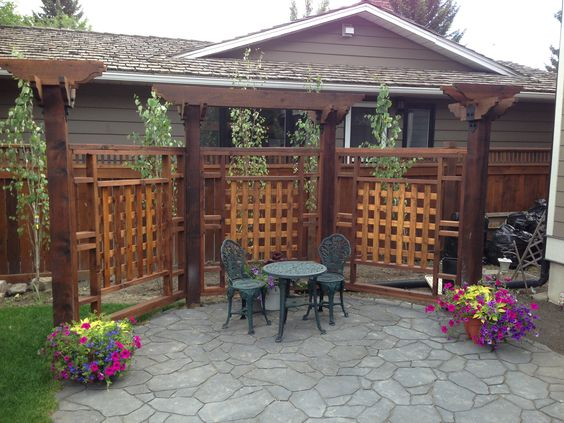




Leave a Reply